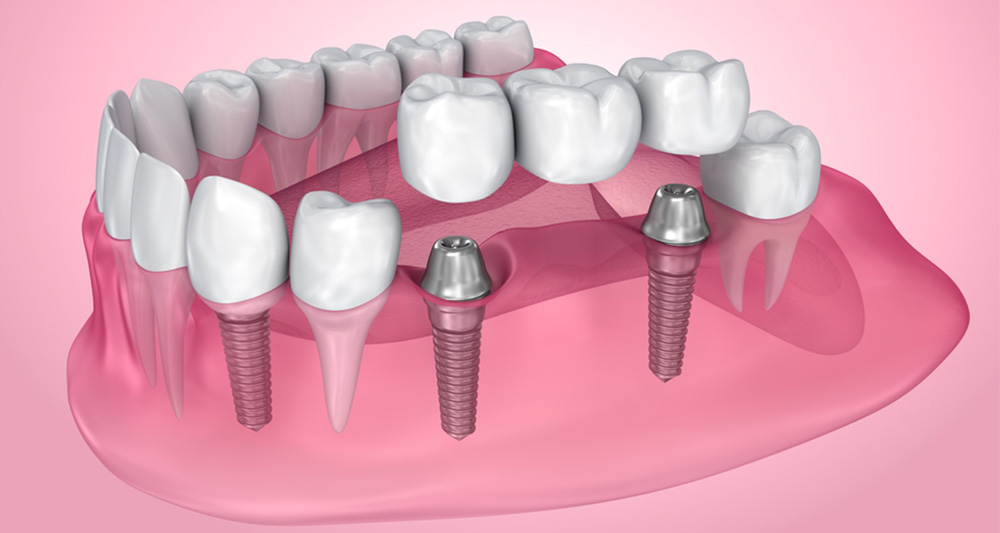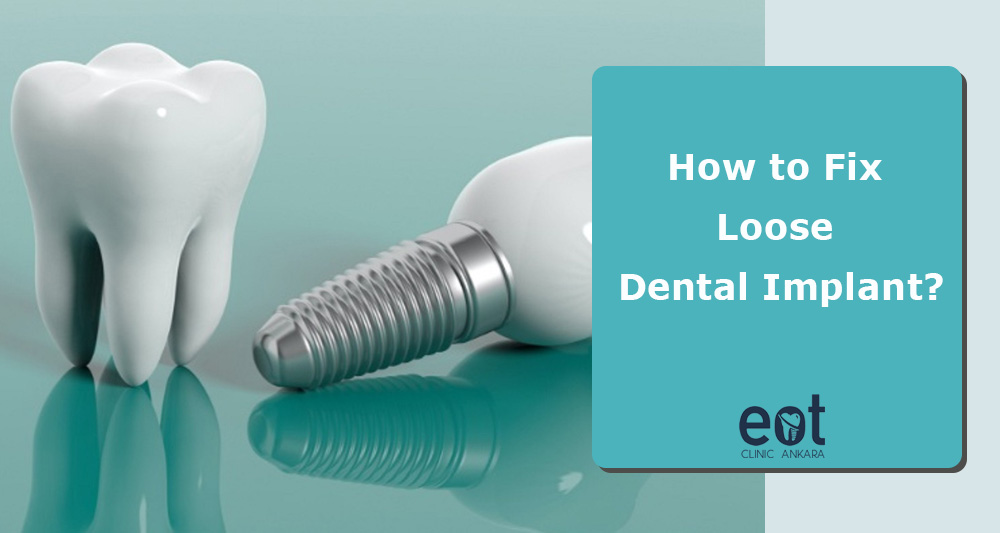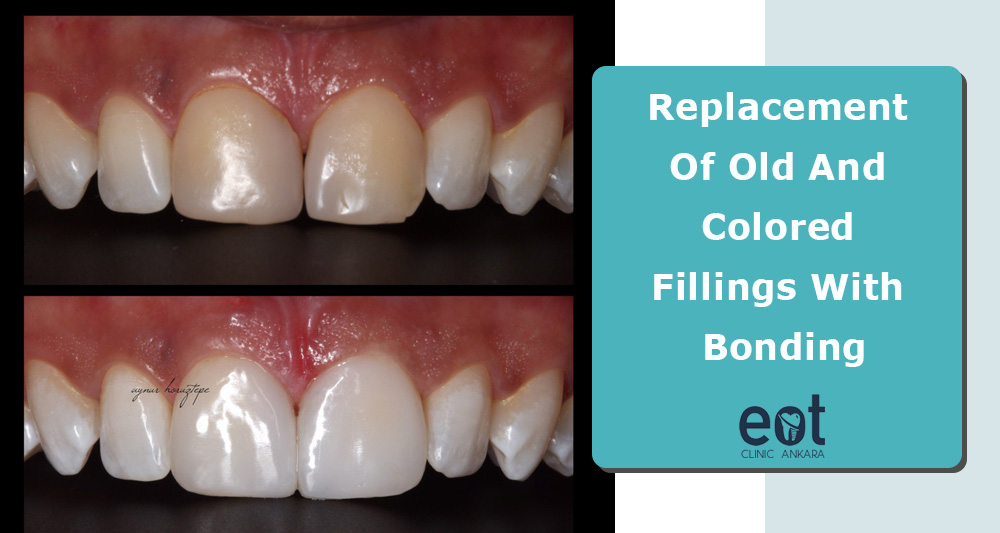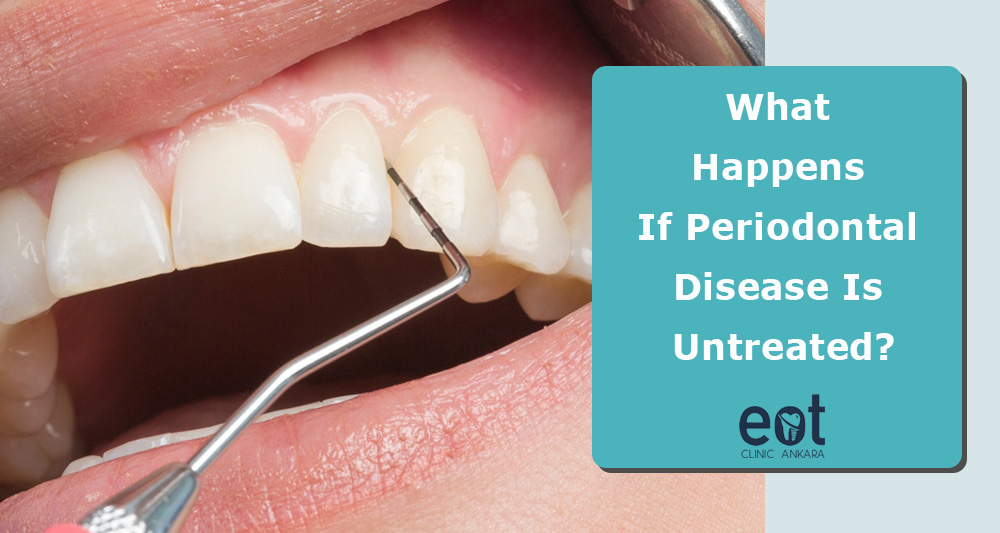Dental Bridge vs Implant
When it comes to replacing missing teeth, dental bridges and implants are two of the most popular options available. While both can be effective, they have their own unique pros and cons. In this blog, we’ll take a closer look at dental bridges and implants, compare and contrast them, and discuss which option might be best for you.
Dental Implants vs Bridges: Which Are Better?
Before we get into more detailed explanations, if you’re just looking for a professional opinion on which is better, here it is. Keep in mind that it’s ultimately up to you and your health, specific dental needs, preferences and budget.
Dental implants and bridges are both popular options for replacing missing teeth, but dental implants are often considered a better option than bridges for a number of reasons.
- Dental implants are a more permanent solution than bridges. While bridges typically last around 5-10 years, dental implants can last a lifetime with proper care and maintenance. This is because implants are surgically placed into the jawbone, where they fuse with the bone over time, creating a stable foundation for the replacement tooth.
- Dental implants prevent bone loss in the jaw. When a tooth is lost, the jawbone can begin to recede over time. Dental implants stimulate the jawbone, preventing bone loss and maintaining the structure and integrity of the jaw.
- Dental implants do not require the preparation or alteration of adjacent teeth, which can be necessary for a bridge. This means that healthy teeth are not compromised in the process of replacing a missing tooth.
- Dental implants offer a more natural look and feel than bridges. Since implant crowns are stabilized individually and vertically using the implant to replace the tooth root, it functions and feels more like a natural tooth. In contrast, bridges use adjacent teeth for stabilization, can sometimes feel bulky or uncomfortable, and may not look as natural as a dental implant.
Overall, dental implants are often considered a better option than bridges by most dental professionals, making them a popular choice. However, the decision of which option to choose should be made in consultation with a qualified dental professional, who can assess your individual needs and recommend the best treatment plan for you.
Dental Bridges
Dental bridges are a type of restoration that can replace one or more missing teeth. Bridges consist of one or more artificial teeth (called pontics) that are held in place by dental crowns on adjacent teeth.
Procedure for Placing a Dental Bridge
The procedure for placing a dental bridge usually takes two or more visits to the dentist. During the first visit, the adjacent teeth are prepared for dental crowns, which will hold the bridge in place. Impressions are then taken, which are used to create the bridge in a dental laboratory. On the second visit, the bridge is bonded into place.
Pros of Dental Bridges
- Cost-effective compared to implants: Dental bridges are generally less expensive than dental implants.
- Quick and easy procedure: The procedure for placing a dental bridge is generally quicker and less invasive than that of a dental implant.
- No surgery involved: Unlike dental implants, bridges do not require surgery.
Cons of Dental Bridges
- Only last 5-10 years: Dental bridges generally have a shorter lifespan than dental implants.
- Can cause decay to and wear of adjacent teeth: The process of preparing adjacent teeth for dental crowns can damage them, making them more susceptible to decay. The horizontal chewing forces put on adjacent teeth anchoring the bridge will, eventually, cause the the anchor teeth to loosen and eventually fail.
- Cannot prevent bone loss in the jaw: Dental bridges do not stimulate the jawbone, which can lead to bone loss over time in the place where the missing tooth once was. This can in turn lead to “sunken” areas of the gumline.
Dental Implants
Dental implants are artificial tooth roots that are placed into the jawbone to support a dental restoration. Implants can be used to replace one or more missing teeth and are considered a longer-lasting solution.
Procedure for Placing a Dental Implant
The process of placing a dental implant involves surgically placing the implant into the jawbone. After a period of healing (usually several months), the implant is topped with a dental crown.
Pros of Dental Implants
- Can last a lifetime with proper care: Dental implants can last a lifetime with proper care and maintenance.
- Prevents bone loss in the jaw: Dental implants stimulate the jawbone, preventing bone loss over time.
- Does not affect adjacent teeth: Unlike dental bridges, dental implants do not rely on adjacent teeth for support.
Cons of Dental Implants
- More expensive than bridges: Dental implants are generally more expensive than dental bridges.
- Requires surgery: The process of placing a dental implant involves surgery, which can be a concern for some patients.
- Longer healing time: The process of placing a dental implant requires a period of healing, which can take months.
In conclusion, both dental bridges and implants have their own unique pros and cons. Ultimately, the decision of which option to choose should be made in consultation with a dental professional, who can assess your individual needs and recommend the best treatment plan.
If you are missing one or more teeth
While dental bridges may be a more cost-effective and less invasive option for some patients, dental implants offer a more permanent and long-term solution. If you are missing one or more teeth, it’s important to seek treatment to restore your smile and prevent further damage to your oral health. Don’t let missing teeth hold you back any longer – talk to a specialist today to learn more about your options for restoring your smile.




